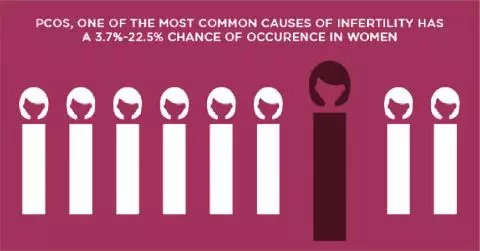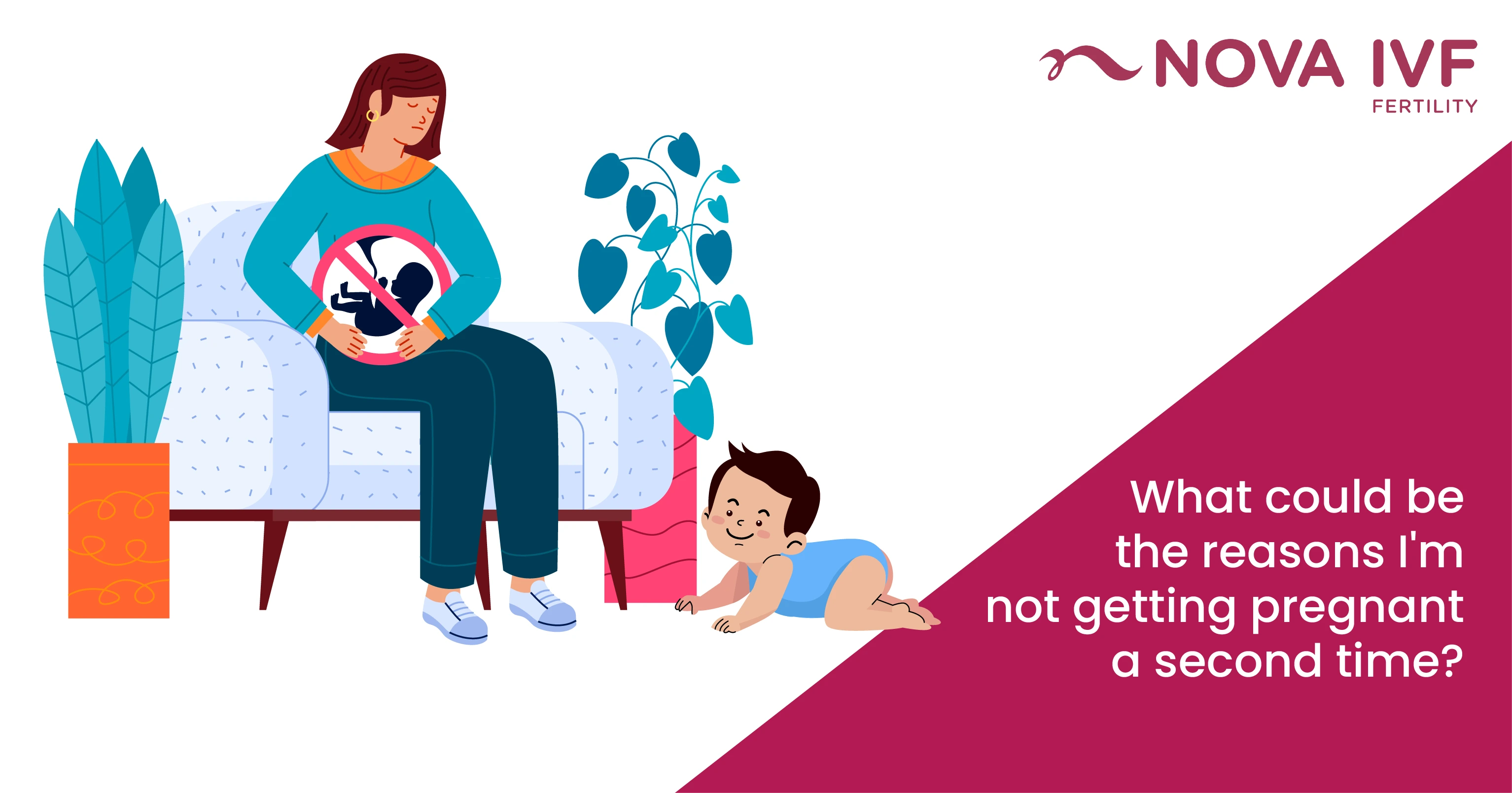Treatment for Uterine Fibroids: An Overview

Fibroids are a common complaint amongst premenopausal women. This refers to growths in the muscular layers of the uterus. Fibroids are usually non-cancerous but they can cause severe abdominal cramps and increase blood flow during menstruation.
In some cases, fibroids may also reduce fertility. Unless the symptoms caused by fibroids are very severe of the fibroid interfere with fertility, a wait and watch policy is usually followed. There is no single universal form of treatment for fibroids. Many treatment options exist and the best course of treatment depends on the size of the fibroids, where they are located and the woman's plans of having children in the future.
Medication
Medication is usually the first form of treatment of uterine fibroids. This is used to regulate hormone levels so as to reduce the severity of symptoms caused by the fibroids. Medication cannot reduce the size of the fibroid. The relief they provide is also temporary, i.e. once the medication is stopped, the symptoms may recur. The medication may be administered orally or through intrauterine devices. Long-term usage of these medicines can have side effects and hence they must not be taken without a prescription.
Noninvasive Procedure
Noninvasive procedures such as an MRI-guided focused ultrasound surgery may be used to remove fibroids. This procedure may be performed as an outpatient procedure. It involves using focused sound waves to heat and destroy fibroid tissue without an incision.
Minimally Invasive Procedures
Surgery to remove fibroids may be performed as minimally invasive procedures. These include:
Uterine Artery Embolization
Embolic agents are injected into the arteries connected to the uterus to cut off blood flow to the fibroids. This makes the fibroids shrink and die.
Myolysis
This procedure uses radiofrequency energy to destroy fibroids and shrink the blood vessels connected to them.
Laparoscopic or robotic myomectomy
A myomectomy is performed to remove the fibroid without affecting the uterus. Laparoscopic or robotic myomectomies are usually suggested when there are a few fibroids. If the fibroids are large, they may be broken up into small pieces to be removed laparoscopically.
Hysteroscopic myomectomy
If the fibroids are only in the uterus surgical instruments may be inserted through the vagina and used to remove the fibroids.
Endometrial ablation
This procedure may be used to remove fibroids on the interior lining of the uterus. It involves the use of heat, hot water, microwave energy or electric current through a special instrument that is inserted in the uterus.
 Infertility Counselling
Infertility Counselling Female Infertility Treatment
Female Infertility Treatment Andrology Treatment
Andrology Treatment Fertility Enhancing Surgeries - Female
Fertility Enhancing Surgeries - Female Fertility Enhancing Surgeries - Male
Fertility Enhancing Surgeries - Male Endoscopy Treatment
Endoscopy Treatment IUI Treatment
IUI Treatment IVF Treatment
IVF Treatment ICSI Treatment
ICSI Treatment Advanced IVF Solutions
Advanced IVF Solutions Embryology
Embryology Vitrification Egg, Embryo, Sperm Freezing
Vitrification Egg, Embryo, Sperm Freezing Preimplantation Genetic Testing (PGT)
Preimplantation Genetic Testing (PGT) Donation Program Embryo / Egg / Sperm
Donation Program Embryo / Egg / Sperm Self-cycleTM IVF
Self-cycleTM IVF

 Self-cycleTM IVF
Self-cycleTM IVF










